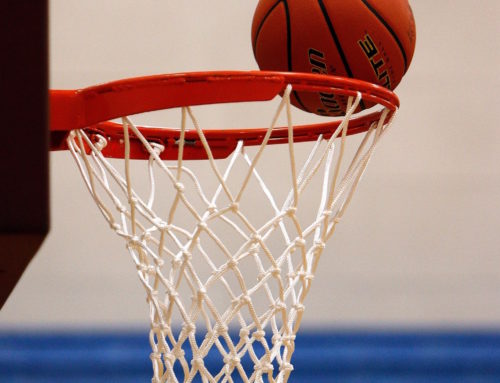 I just graduated from college, and I can guarantee that at least half my classmates were sometimes more concerned with how the football team did than with whether they could explain the thematic convolutions in Great Expectations or find the rate of flow through a wire suspended on the surface of a four-dimensional plane. (I knew that calculus class would pay off someday.) It’s expected that students will sometimes prefer to go out partying, stay home and relax, go to the game, even clean the house—rather than do their homework. However, there is a growing concern that universities themselves are absorbing this “fun stuff first, academics second” attitude, and that it’s costing their students.
I just graduated from college, and I can guarantee that at least half my classmates were sometimes more concerned with how the football team did than with whether they could explain the thematic convolutions in Great Expectations or find the rate of flow through a wire suspended on the surface of a four-dimensional plane. (I knew that calculus class would pay off someday.) It’s expected that students will sometimes prefer to go out partying, stay home and relax, go to the game, even clean the house—rather than do their homework. However, there is a growing concern that universities themselves are absorbing this “fun stuff first, academics second” attitude, and that it’s costing their students.
The main culprit, according to some sources, is athletic spending. The 2013—14 annual report of the American Association of University Professors (AAUP) shows that most colleges and universities increased their total spending on athletics programs in the last few years, even accounting for inflation, but cut back spending overall. In many cases, that extra money was taken from university public works projects and research funding, although there are also plenty of universities where academic funding was cut to make ends meet. The problem is particularly prevalent not in National Collegiate Athletic Association (NCAA) Division I universities, but in Division II and III schools seeking to use a refurbished athletics program to attract a larger student base, and thus to collect more tuition fees. The problem with this strategy, of course, is that with a larger student base comes a greater need for academic resources of all kinds—which a smaller school is hardly in a position to provide.
On the other hand, there are claims that it is not athletics that represents the greatest unnecessary drain on university resources, but administrative costs. Where in 1975 there was 1 administrator per 84 students, now the ratio is 1 to 68; from 1 professional staffer per 50 students, there is now 1 per 21 students. Universities rely on heavier administrative staffing than they used to, in part because professors no longer take on administrative jobs when not teaching, and so dedicated staff is required to keep institutions running on a day-to-day basis. James Joyner suggests that more administrators are needed because as state and federal funding decreases, universities rely more heavily on individual professors acquiring grants to continue their research, and the paperwork involved in securing and keeping track of funds from a wide variety of grantors requires a greater amount of attention than the professors themselves have to spare.
I’d like to see the greatest amount of university funding go to supporting professors and student resources designed for academic success. However, I also understand that as a degree has become more necessary for even an entry-level job, universities need to find ways to stand out to their potential students, and athletics is a good way to gain attention. Administrative costs also necessarily rise with a rising student population, although I agree that the administration of some colleges has grown out of proportion to the size of the student body. In the end, I hope that universities, like their students, can find a good balance among all the vying elements that require their attention.
Did You Know?
Of the 228 athletic departments at NCAA Division I public schools, 23 are self-sufficient. These include departments at LSU, Nebraska, Ohio State, Oklahoma, Penn State, Purdue and Texas, all of which do not subsidize their athletics programs. Instead, the programs are responsible for their own costs, allowing these universities to allocate funding elsewhere.




